After the Vikram lander successfully landed on the Moon, the robot Pragyan began the process of leaving the station at 11:13 p.m. on August 23 ( Hanoi time).
Simulation of the lander and rover of the Chandrayaan-3 mission. Video : ISRO
At nearly 10 a.m. on August 24 (Hanoi time), the Indian Space Research Organization (ISRO) confirmed on Twitter that the robot Pragyan had left the Vikram lander and begun its journey to explore the lunar surface. "The autonomous robot of the Chandrayaan-3 mission was built in India. The robot descended from the lander and India walked on the Moon," ISRO wrote.
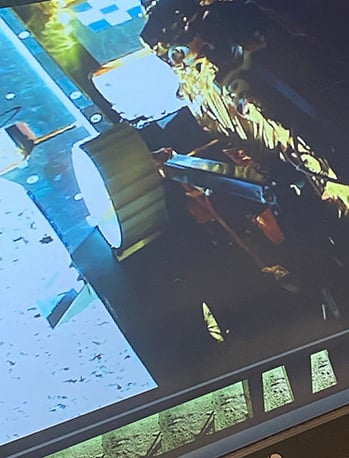
The first image shows the Pragyan rover disembarking from the Vikram lander. Photo: ISRO
Pragyan is a Hindu name meaning one with great knowledge and wisdom. The robot, about the size of a small German shepherd, is scheduled to collect the first lunar south pole samples in history. Its research could be crucial to understanding how to mine water on the moon, a goal that every country interested in the celestial body is aiming for.
The rover will carry lasers and alpha particle beams to study the composition of the lunar south pole. It will also use scientific instruments called RAMBHA and ILSA to study the atmosphere and dig up samples to analyze the composition of the lunar surface. The rover's lasers will attempt to melt a sample to analyze the gases emitted, helping to learn about the chemical composition of the lunar south pole, according to the Times of India.
The Pragyan rover weighs 26 kg. It is solar-powered and has an expected mission duration of one lunar day (about 14 Earth days), before weather changes, a dark and cold lunar night, drains its batteries. The rover will work with the Vikram lander to conduct a series of experiments, including spectroscopic analysis of the mineral composition of the lunar surface.
Vikram carries four sets of scientific instruments, including a thermal probe capable of penetrating about 10 cm into the lunar soil and recording the temperature of the soil throughout the lunar day. The lander is also equipped with a retroreflector, which is expected to remain in use long after the lander is decommissioned. Meanwhile, the robot Pragyan carries the Laser Emission Spectrometer (LIBS) and the Alpha Particle X-ray Spectrometer (APXS) to study the lunar soil.
Chandrayaan-3's Vikram lander successfully landed near the lunar south pole at 7:34 p.m. on August 23 (Hanoi time). The success of Chandrayaan-3 made India the fourth country in the world to land on the lunar surface, after the Soviet Union, the United States and China. The mission also marked India's emergence as a new space power.
Thu Thao (According to India Today )
Source link


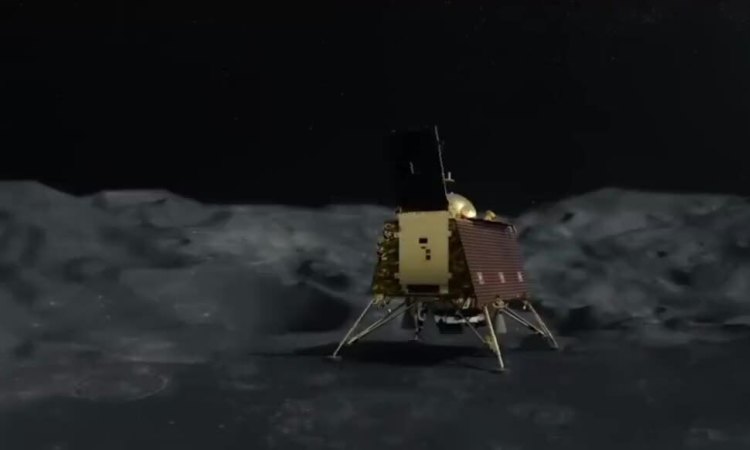


![[Photo] Cutting hills to make way for people to travel on route 14E that suffered landslides](https://vphoto.vietnam.vn/thumb/1200x675/vietnam/resource/IMAGE/2025/11/08/1762599969318_ndo_br_thiet-ke-chua-co-ten-2025-11-08t154639923-png.webp)













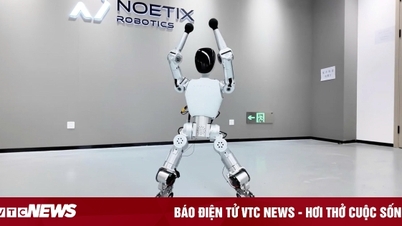


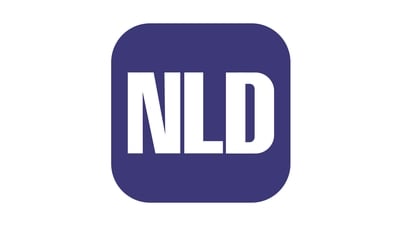









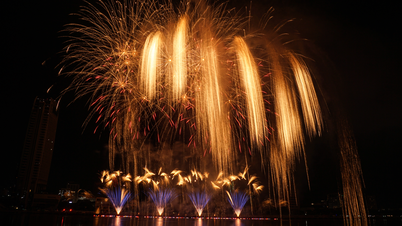
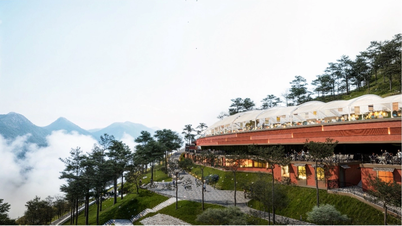
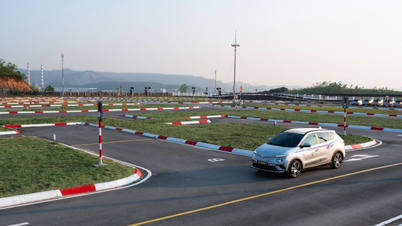












![[Video] Hue Monuments reopen to welcome visitors](https://vphoto.vietnam.vn/thumb/402x226/vietnam/resource/IMAGE/2025/11/05/1762301089171_dung01-05-43-09still013-jpg.webp)



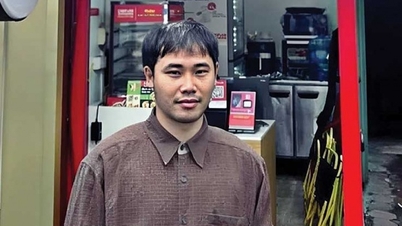

































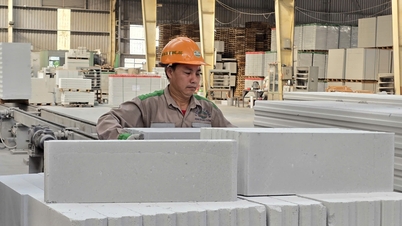











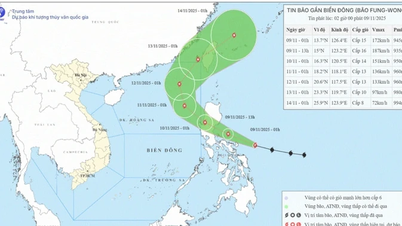



















Comment (0)